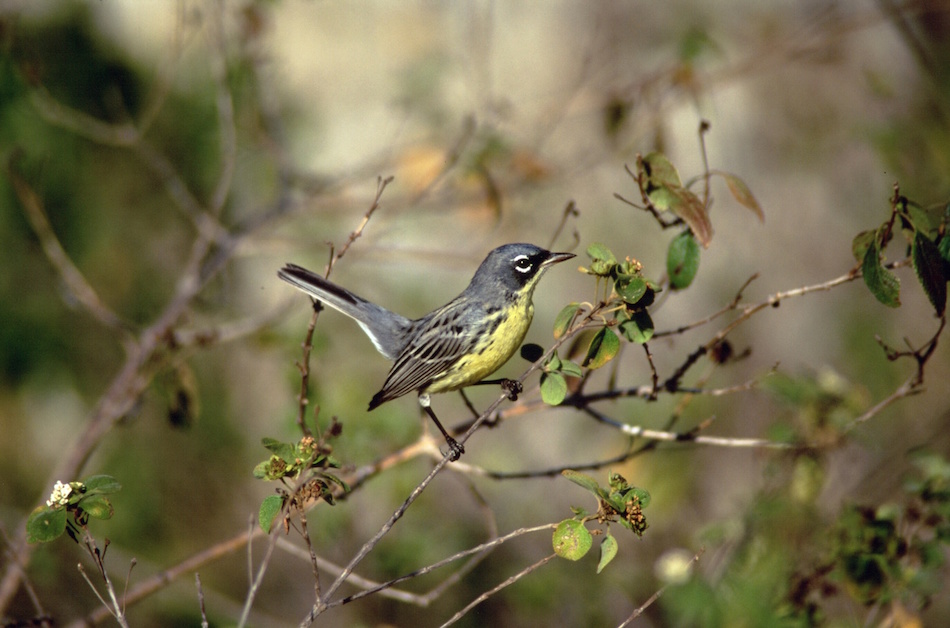By Dave Ewert
CJ Contributor
The Kirtland’s warbler, one of North America’s rarest songbirds, is very picky about where it calls home.
It migrates a long distance to winter in The Bahamas every year after breeding each summer in young jack pine stands in Michigan, Wisconsin, and Ontario, its exclusive breeding area.
The restricted habitats in which it resides in both North America and The Bahamas have inspired multi-national interest in protecting both the summer and winter habitats of this endangered songbird.
The Kirtland’s Warbler Research and Training Project was established in 2002 as a joint effort that transcends borders, involving The Nature Conservancy, the International Program of the United States Forest Service, the International Institute of Tropical Forestry of the United States Forest Service, Bahamas National Trust, and the Puerto Rico Conservation Foundation.
Participants in the program received training in bird identification, bird banding and census techniques, and habitat conservation.
Discoveries by these researchers demonstrate that the Kirtland’s warbler prefers areas in which black torch, wild sage, and snowberry are abundant and that Kirtland’s warblers are most common on Eleuthera, Long and Cat Islands, and San Salvador, in The Bahamas.
In its summer habitats in North America, the bird is almost entirely restricted to jack pine forests. As a result of the intensive protection and management of 219,000 acres of forest in the Kirtland’s Michigan breeding grounds, there has been an increase from a mere 171 singing males found in the mid-1980s to over 2,300 recorded in Michigan, Wisconsin, and Ontario in 2015.
However, it hasn’t been enough to protect the bird’s breeding grounds; conservation of its wintering grounds in The Bahamas is also critical.
The research and training project has piqued the interest of local Bahamians interested in protecting the bird and its winter habitat.
Four Bahamian alumni of the project are now active conservationists in The Bahamas and more Bahamians are obtaining additional training.
As with the approximately 110 bird species that migrate between North America and the Caribbean, the Kirtland’s warbler’s survival remains highly dependent upon further intensive habitat protection across its migration route and in its Caribbean home.
Although conservation efforts for the Kirtland’s warbler have had significant progress, there is still considerable work to be done.
The bird, bridging geographies that aren’t intuitively connected, is a perfect illustration of why a global perspective on conservation is so important.
Dave Ewert is a biologist for The Nature Conservancy in Michigan.
